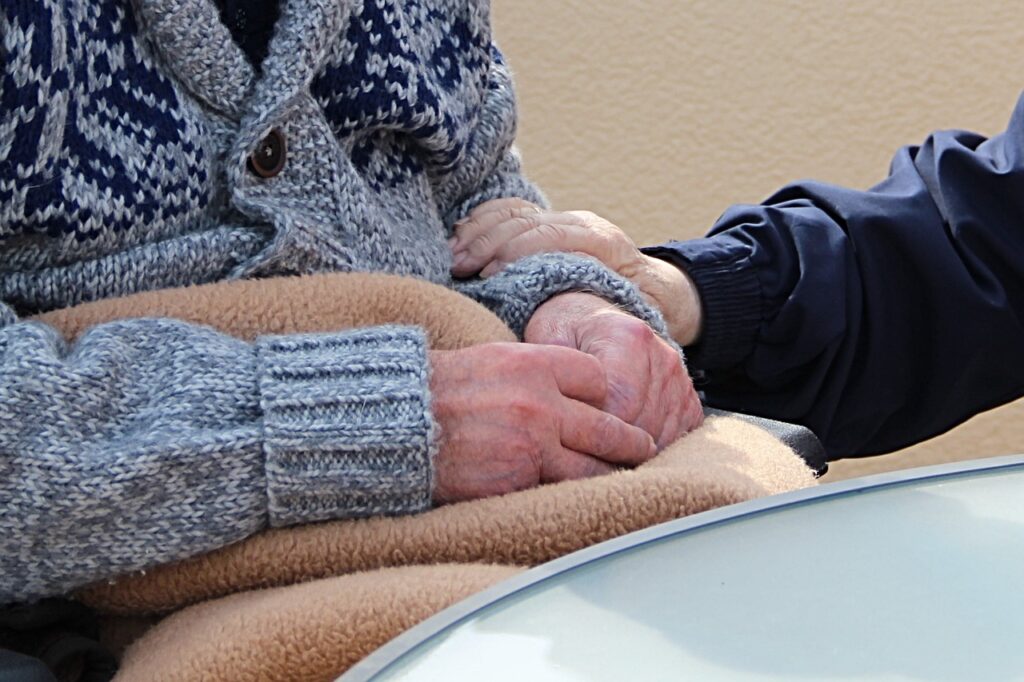The Role of a CEO in Revolutionizing Telehealth Services for Nursing Homes
None of the tectonic shifts rippling across America’s healthcare juggernaut are more visible than those in senior care. Nursing homes, in particular, have become the epicenter of the coronavirus pandemic.
Using an MDM solution, tech staff at old-age care and assisted living facilities can enforce BYOD policies to limit factory resets, USB reboots, volume +/-, camera, screenshots, and Wi-Fi settings on doctors’ and other healthcare specialists’ devices.
Cost-Effective Convenience
For most nursing homes and long-term care facilities, telehealth is an affordable solution to reduce avoidable hospitalizations. According to doctors and CEOs like Mark Hirschhorn, using telehealth services is cost-effective because it eliminates the need to transport patients to a hospital for care that can be provided in their homes, saving valuable caregivers time and money.
Furthermore, it helps to prevent costly emergency transports, and inpatient stays that can be avoided by reducing the need for in-home monitoring and diagnostic tests. As a result, nursing homes and SNFs can improve their bottom line while providing a higher level of care.
However, our qualitative study also revealed that the implementation of telemedicine in nursing homes during the COVID-19 pandemic highlighted existing power dynamics within the workplace. While the telemedical tool made communication more transparent, it did not change existing hierarchies and thus reinforced nurses’ perceptions of being subordinate to physicians. These power dynamics may hinder nursing homes’ ability to use telehealth and promote person-centered care.
Improved Patient Satisfaction
Despite some initial challenges during the COVID-19 pandemic, this telehealth technology has continued to gain traction in communities with limited access to traditional medical care. This telemedicine expansion has improved patient satisfaction and has made healthcare services more accessible for vulnerable populations.
Patients also feel more comfortable sharing their health concerns during a virtual visit. This enables healthcare providers to identify potential risk factors, such as uncontrolled hypertension or mental health conditions. This telehealth service can provide early intervention to prevent possible complications, such as a heart attack or stroke.
In a recent study, patients using telehealth to manage their symptoms were just as satisfied as those who saw a doctor. In addition, these patients were more likely to engage with their clinician and follow-up after a virtual visit. This patient-clinician engagement is an essential factor to consider when comparing telehealth with in-person care. This telehealth service provides the benefits of both while allowing a greater level of control for patients and their caregivers.
Enhanced Patient-Caregiver Relationships
In a telehealth environment, staff can more easily see and evaluate health issues, which can help them catch complications that would otherwise go untreated. These issues could lead to a hospital trip, and avoiding that can help reduce the risk of “hospitalitis” (deconditioning caused by prolonged bed rest or delirium).
In addition, this technology strengthens patient-caregiver relationships. It can allow patients to interact with physicians they know and trust, which is essential for older adults who seek familiarity, consistency, and empathetic care.
While he acknowledges that many telehealth programs were rushed into nursing homes during the COVID-19 pandemic and that they will likely fall apart after the emergency measures expire, he feels the industry has proven its value. He believes telehealth will have a future in long-term care and hopes that some policy changes made during the pandemic can be adopted permanently.
Reduced Hospitalizations
Many nursing homes rely on an on-call physician to address medical issues that arise in the evenings and weekends. Unfortunately, these in-person visits often result in unnecessary hospitalizations. By implementing telehealth services to replace these visits, a nursing home can save Medicare money and improve the lives of its residents.
Telehealth may help a facility save money on travel costs by reducing the need to send patients to outside physicians. For example, a telehealth service could connect a patient with an infectious disease specialist or a wound care expert without them having to leave their SNF.
The interviews were conducted with a convenience sample of NHs that adopted telehealth during COVID-19. Their perspectives might not represent all NHs’ experiences and plans for continuing telemedicine. However, a national survey of NHs would allow further investigation of these findings. In the meantime, several SNFs rely on telehealth freedoms enacted during the pandemic to support their business models and give lawmakers proof that value-based healthcare can work.

